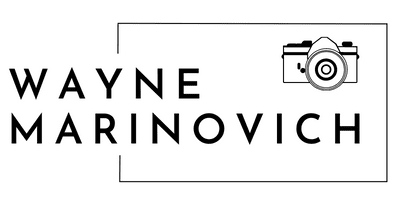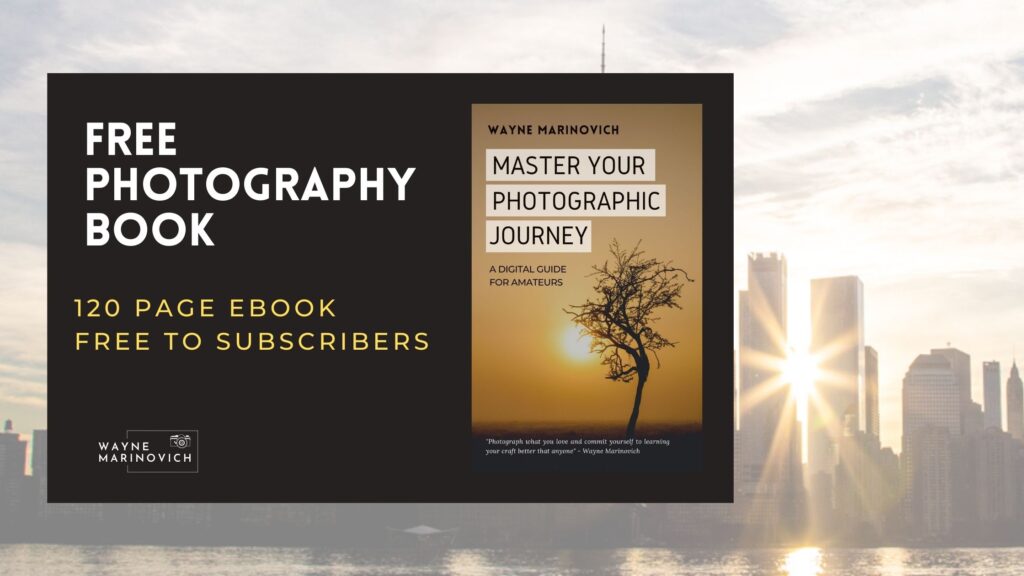Street Photography Tips for Beginners
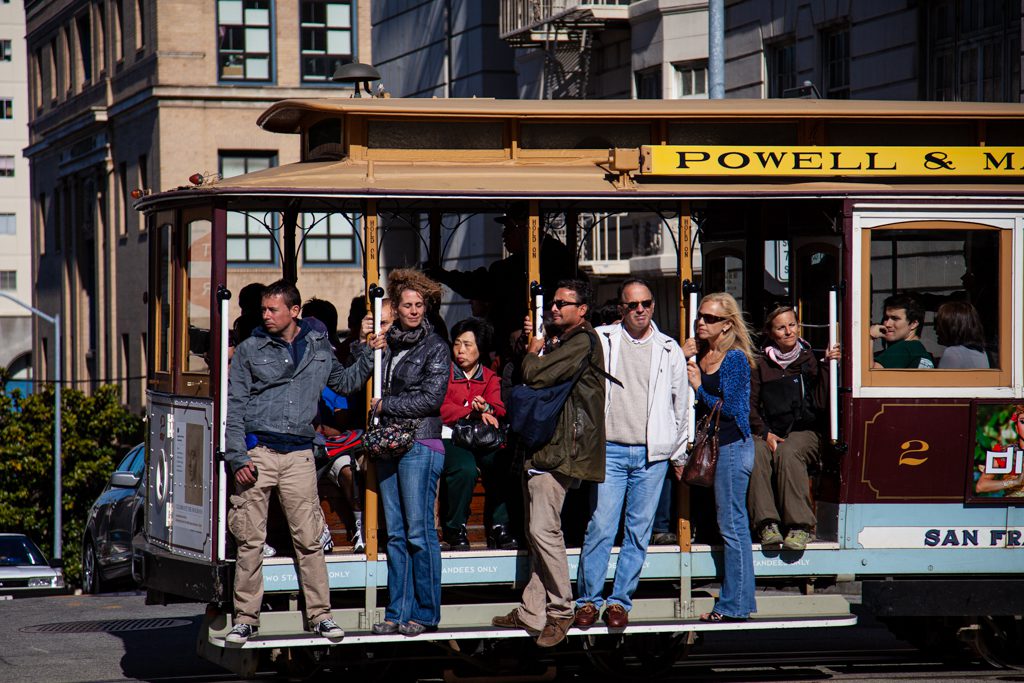
10 ways to improve your street photography
- Practice your observation skills
- Trust your instinct
- Pick one person
- Look for patterns
- Plagiarism
- Abstracts to tell the story
- Choose a shorter lens
- Take your camera everywhere
- Ignore the fear
- Shoot from the hip
Introduction
The essence of street and urban photography is about documenting society and everyday life in your environment. As photographers, we don’t create art. We record and recompose what is before us. It will always be a solitary and personal endeavour, but there are lessons that we can share with one another.
To me, photography is the art of observation. It’s about finding something interesting in an ordinary place. I’ve found it has little to do with the things that you see and everything to do with the way you see them – Elliott Erwitt.
1. Practice your observation skills
Be watchful from the minute that you step out onto the street. In the beginning, spend more time watching and observing individuals or groups of people. The quote from Elliot Erwitt nails it in the first sentence – “To me, photography is the art of observation”. You’re a human, and street photography is about recording human behaviour in their world. You’ve been subconsciously observing people since the day you were born. Now it’s time to focus those observations on a purpose. It’s time to relearn things you’ve consigned to your subconscious and see them in new ways.
The passion for street photography doesn’t just come to you. You must first go out there and spend time photographing the streets. Only then will you know if it’s the photography genre for you. Walk, walk, and walk some more. It’s the only way. Your photographic eye will develop the more time you spend out there looking for scenes to photograph.
You have to learn to see the photo before you press the shutter release button, which takes time and work. The camera cannot see the image; only you can.
“Stare. It’s the way to educate your eyes and more. Stare, pry, listen, and eavesdrop. Die knowing something. You are not here long.” – Walker Evans.
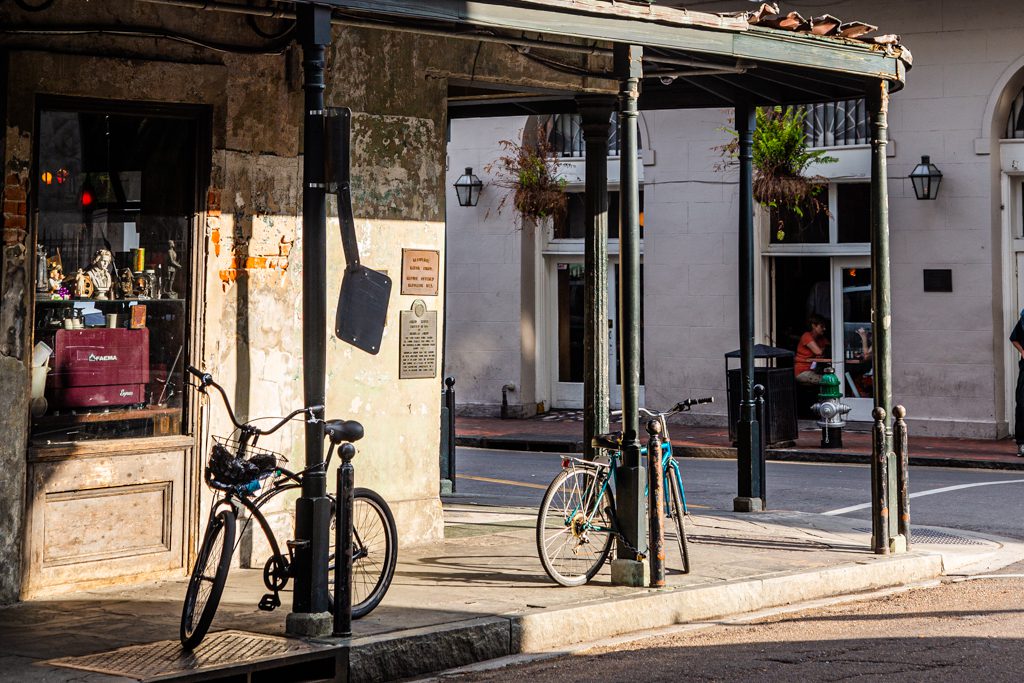
2. Trust your instinct
Seeing is not enough. You have to feel what you photograph – Andre Kertesz.
Watch the people around you and trust your instincts to pick someone who might do something worthy of a photograph. We’re creatures of habit, so start with what people routinely do. For example, I love coffee and so started out focusing on other coffee drinkers.
I often find myself visualising what might happen in a scene. Maybe it’s the author in me, but I tell myself stories about people out there. It helps prepare me for that moment when the person I am observing does something interesting. It might not be what I’ve visualised, but I find this visualisation process heightens my awareness and gets the engine started.
Another example is the whole selfie phenomenon. People take a lot of selfies nowadays. Whether it’s in a group or by themselves, it’s happening all around you. If you position yourself facing some monument or famous landmark, people will walk right into your frame.
The trick I find is not to take an image of them taking the selfie but rather to document the emotions before or after they take it. Most groups of people will laugh, take a selfie, and then laugh again or embrace one another. Reactions like these make for colourful street images, showing the interactions and emotions of your subjects. It’s not always the action that you should photograph, but rather the reactions that surround the experience.
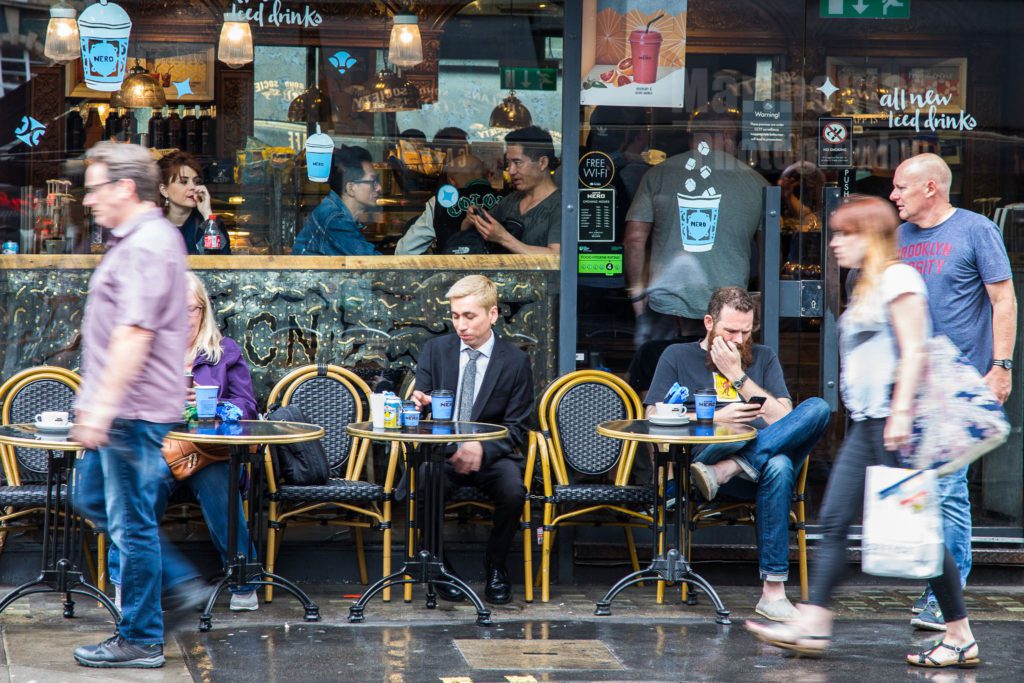
3. Pick one person
If you spot someone interesting approaching, track them with your camera and forget everyone else. This scenario works well if you are in a large city market or town square. You can also walk after someone for a while or track along with a person on the other side of the road. Just remember that if you follow them for too long or make them feel uncomfortable, it’ll start getting a little weird.
Selecting and staying with one person is not easy if you’re on a busy street or market. Hundreds of people will be milling about you, going about their own life. In the beginning, you can keep your camera down and wait until something happens. This works occasionally, but it will make you feel rushed, and you’ll miss more shots. I tend to pick someone and stick with them. If I get nothing, then so be it. It’s better to commit to a shot and be 100% at that moment than to have your eye darting all over the place.
It’s like an eagle or tiger hunting. A game of patience where you need absolute focus on your subject, to the abandonment of all other targets.
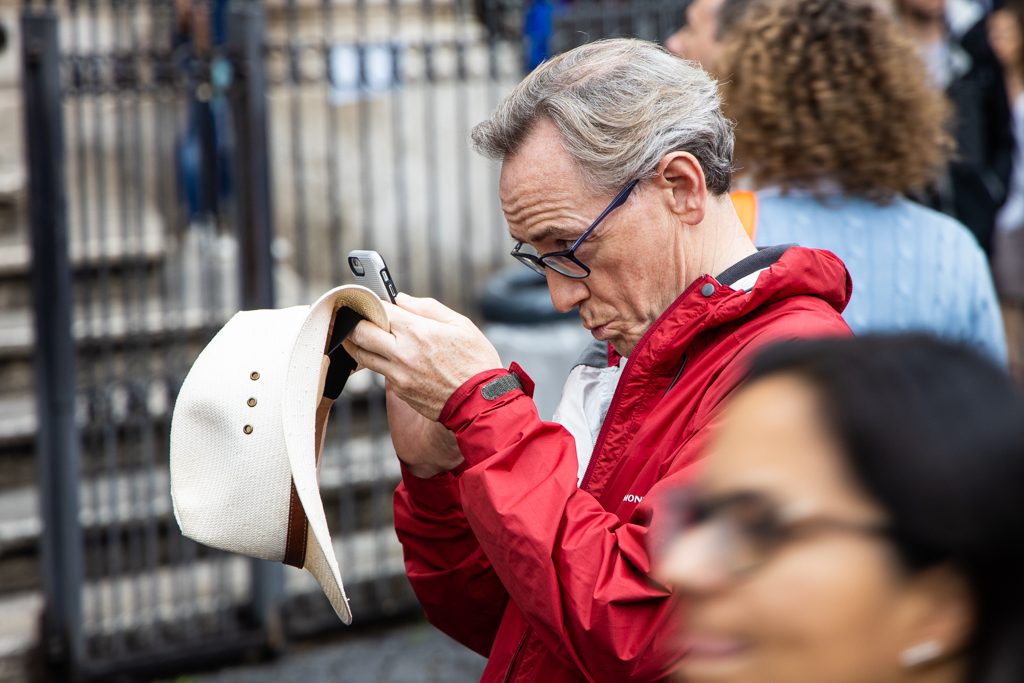
4. Look for patterns in the streets
Patterns and textures can tell an interesting story of the urban world in front of you. I’m drawn to simple elements like dirty stairs and rusty railings, which add to the grunginess of the city. Painted doors and windows definitely add to the colour. The patterns of naked scaffolding or those cladded with bright canvas coverings tell a story about the refurbishment and renewal of the street. If you can get a worker in the image or a passer-by going out of their way to avoid the construction, it’ll enhance the scene even more.
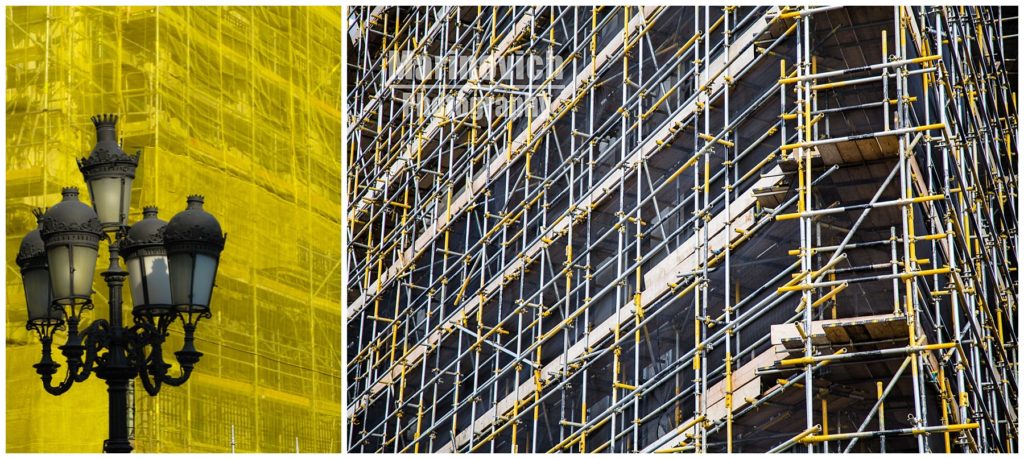
5. Plagiarise
Don’t be afraid to incorporate street art or grimy event posters into your narrative. Road signs or building signs also work because it’s all part of the urban landscape. Try getting to a higher vantage point that overlooks a road or walkway. Look out for painted arrows and road lines on the tarmac. Use them as lead-in lines to draw the viewer into the photograph. You want the viewer to stop and think about the photo they have been drawn into. Spend time there waiting for a person or cyclist to come into the frame to give it that human context.
In many cases, creativity and plagiarism are nearly indivisible – David Shields
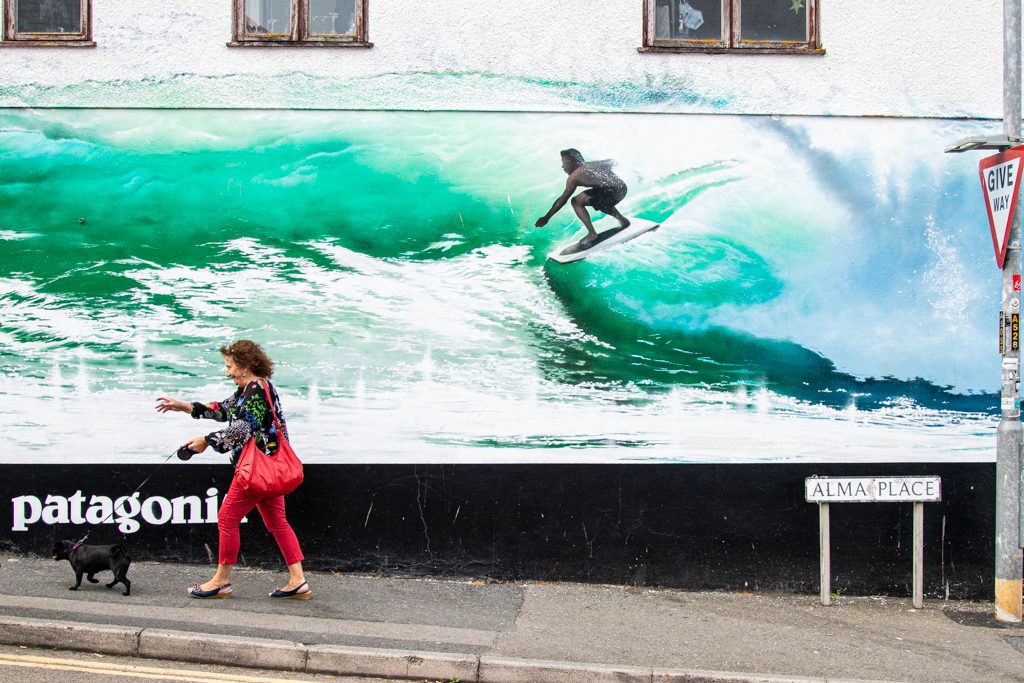
6. Abstracts that tell a story
Beer bottles and empty glasses left outside a bar door. Broken spectacles lying on top of an electrical box. Look for simple objects that seem out of place on the street. Ask yourself why they don’t belong there. The answer is the story you’re trying to record and document.
People make street and urban photography because they give life to the scene. But, their absence from street photos can also evoke strong emotions of emptiness and loneliness. If you can show that people were once part of the scene (debris, litter or abandoned items), it also makes for compelling visual storytelling.
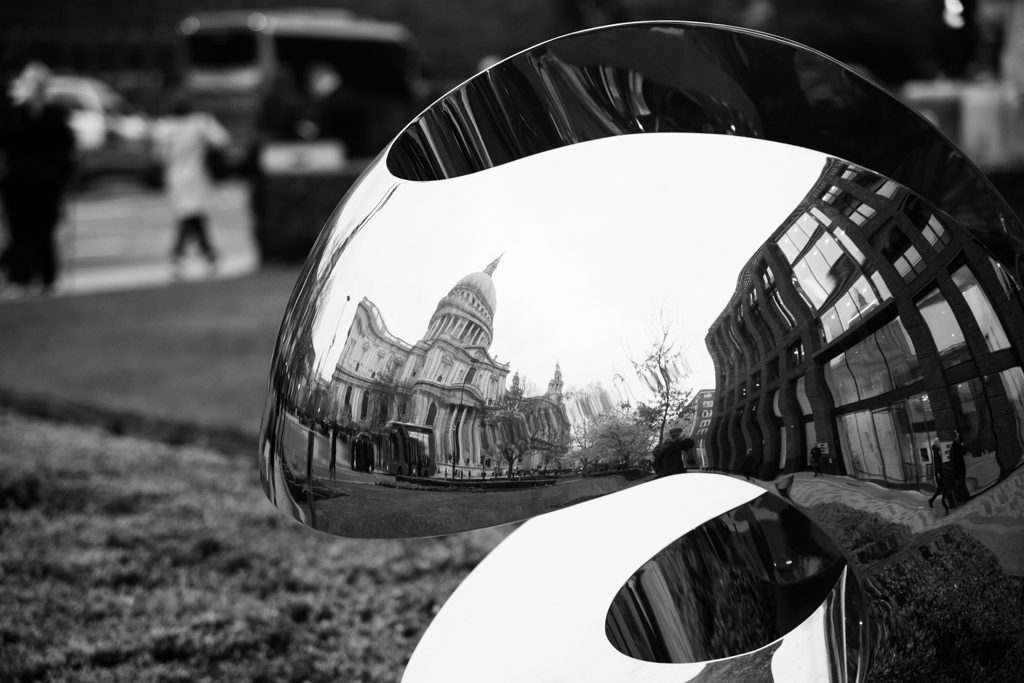
7. Choose a shorter lens
Short prime lenses (35mm or 50mm) are great tools of the trade and force you to immerse yourself amongst people in the street.
Longer zoom lenses are great when you’re starting out because they allow you to shoot from a distance. As you gain more confidence to lift your camera when you see a scene unfolding before your eyes, you’ll start to want to use primes. They can help you to melt into the crowd, which is invaluable for capturing candid moments.
Prime lenses are also lighter than zooms because they have fewer moving parts. Over the course of a day, the weight of a couple of zoom lenses can add up. Primes are also sharper than zoom lenses, which can only be a good thing.
8. Take your camera everywhere
In the beginning, it must be a conscious decision so that it becomes a habit. You take your phone with you wherever you go (yes, that’s a camera too). Pack your camera if you want to improve as a street or urban photographer because it is imperative that you’re shooting regularly.
Quality images can be captured on smaller and smaller cameras, so what’s your excuse for not taking one out with you?

9. Ignore the fear
It’s perfectly normal to be anxious when you start out. You’ll feel like an outsider looking in, believing that everyone is looking at you. Guilt may also arise as you steal moments of people’s daily lives. You needn’t feel that way because you are also a part of the street scene you’re photographing, just like the rest of your subjects. Someone might be taking a photo of you as you photograph someone else.
Introverts might find it more difficult initially, but the more you practice inserting yourself amongst others (without overthinking it), the easier it will become. You’ll be less noticeable than a lone person standing on the other side of the street, on their own, holding a long lens. Or, you can sit in a café having a coffee where you’ll blend in a little more. This makes it feel a lot less intrusive while photographing passers-by.
To improve, you need to keep pushing yourself so that you become confident walking into a busy town square or major city space, looking for that unique image. This is your photography battleground. If you can overcome your fear, great stories await.
Note: If you are stopped by people or by the authorities, you are doing something wrong. It’s that wonderful dance that we do as street and urban photographers. Personally, I don’t get into people’s faces to capture their reactions. Some others do, but that’s not my style. I train people to be unobtrusive recorders of our streets. If you prefer a more in-your-face approach, prepare for some pushback and conflict out there.
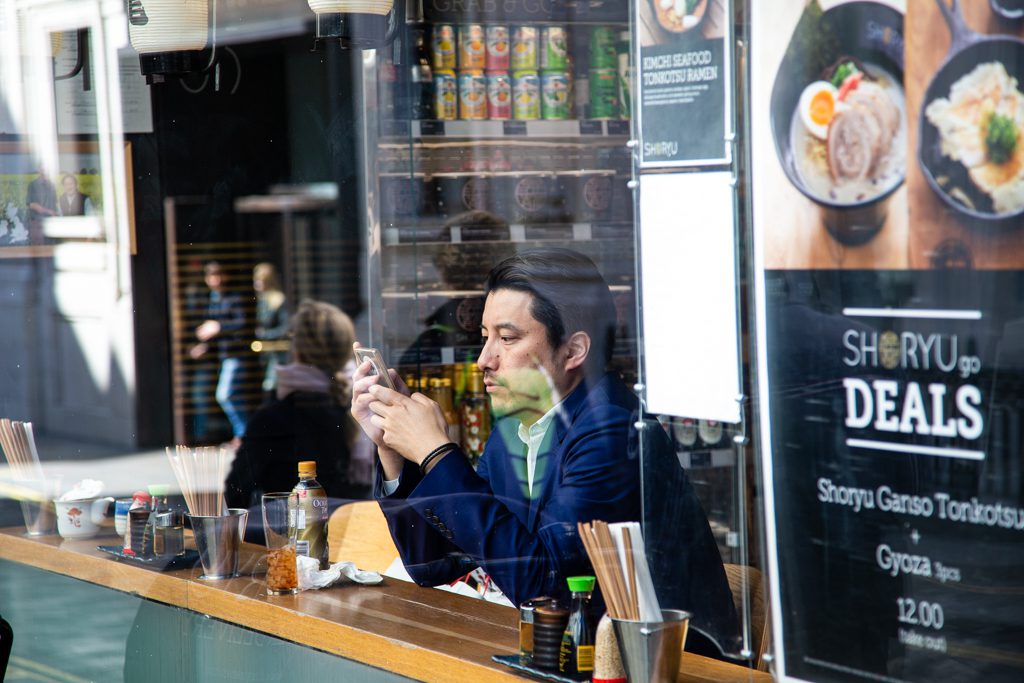
10. Shoot from the hip
If you’re starting out and struggling to lift the camera to your eye as you stand in the crowd, try shooting from the hip. It takes practice, and your hit rate will be low initially, but as you get to grips with the focal length of your lens, you’ll improve. If you only use a DSLR instead of a compact for your street photography, this method works well to remain more inconspicuous.
Note: This is easier with a fixed prime lens or small compact cameras.
Below is a self-portrait from the hip from back in 2007—me with hair, sans grey beard.
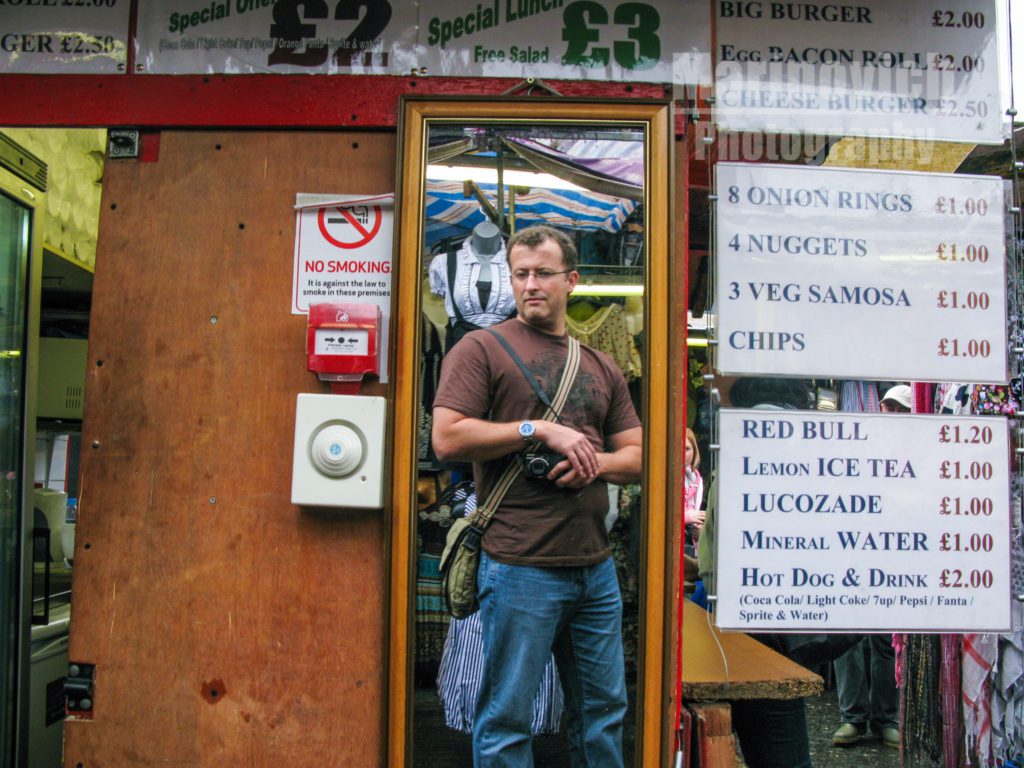
PS… have fun with it.
You’re not photographing for a demanding fashion client or being paid by a stressed bride. There’s no pressing production deadline here. Have fun with your street photography, and enjoy being out there. If you are not enjoying it, it’s not for you.
I’m not an artist. I’m an image-maker – Thomas Hoepker.
JOIN ME ON A 1-2-1 STREET AND URBAN PHOTOGRAPHY SESSION
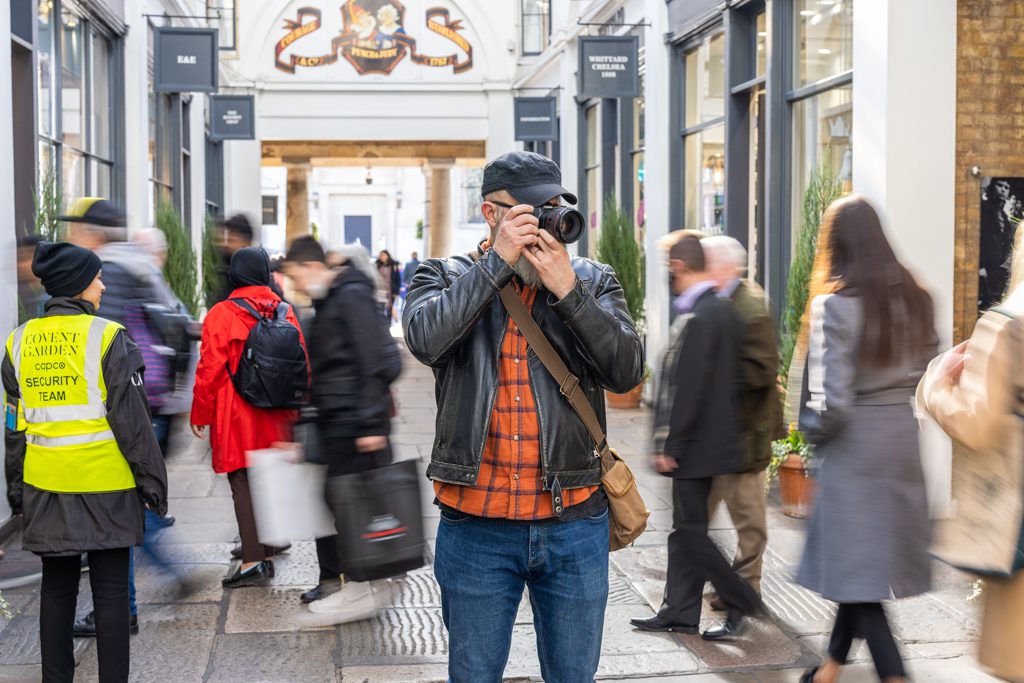
In the street. Photo credit to Anneli Marinovich Photography
Other Photography Tip links
10 Basic Wildlife Photography Tips
10 Basic Travel Photography Tips
20 Basic photography tips for beginners
